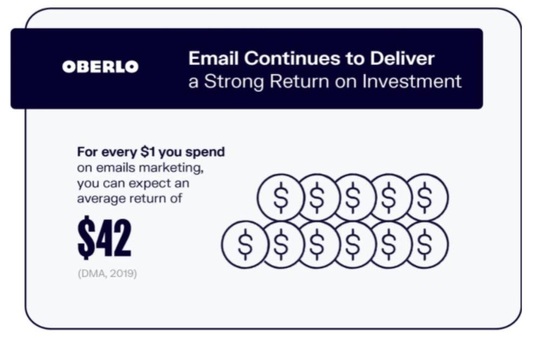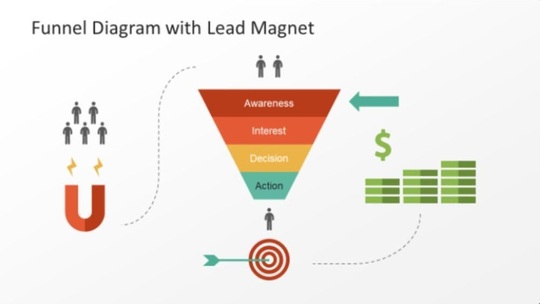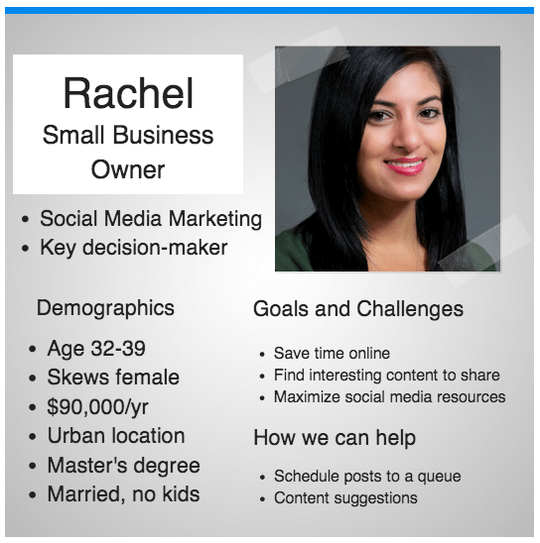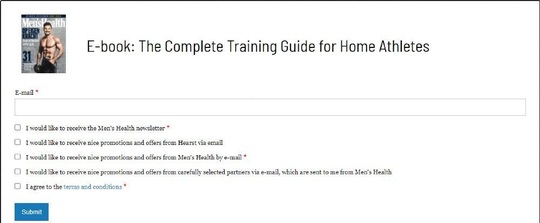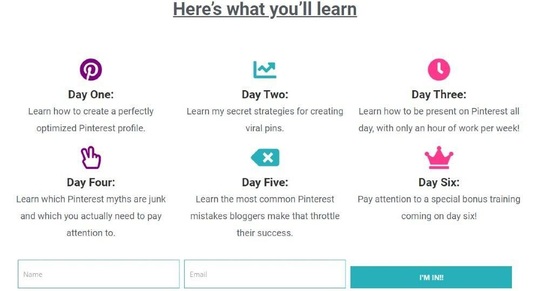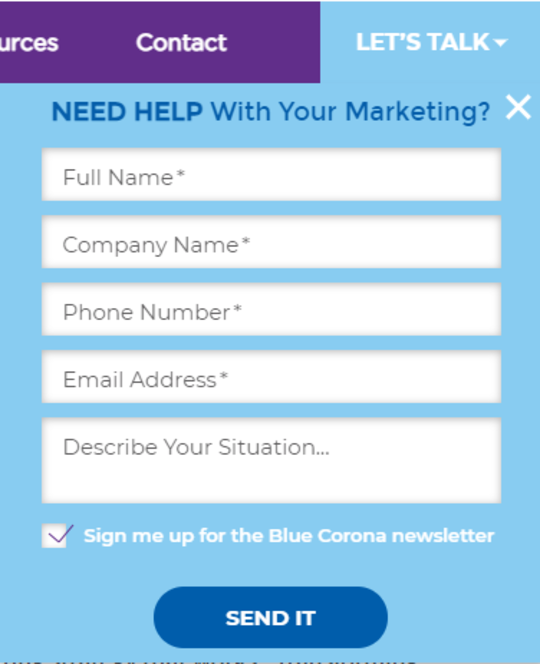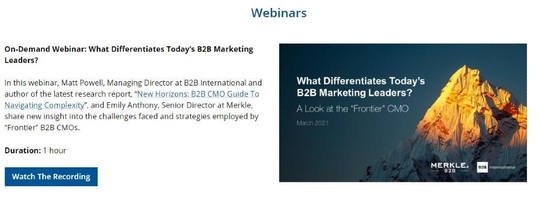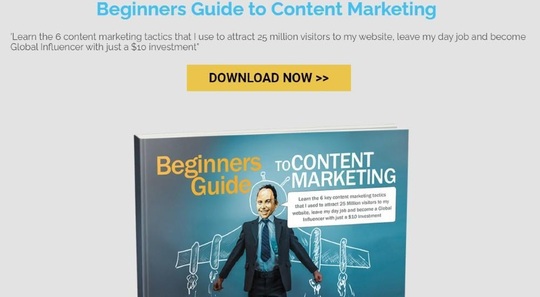The Ultimate Guide To A Lead Magnet Funnel That Will Boost Your Subscriber Rate
The average employee receives hundreds of emails per day. Many of the promotional emails that people receive are never opened. So let me ask you this: how many people do you think are willing to let you fill their cluttered inboxes even more?
The answer is very few. That's very disappointing because email marketing is one of the most effective marketing channels.
Luckily, lead magnet funnels provide a unique way of growing your email list. The strategy incentivizes website visitors to provide their contact details with an irresistible value proposition.
Today's guide will show you how to create the best lead magnet funnel for your business. You will learn about customer personas and their role in creating a compelling lead magnet. You will also discover the different types of magnets you can use and how to build the ultimate opt-in page.
Before we cover all that, let's ask ourselves this question: What exactly is a lead magnet funnel?
What is a lead magnet funnel?
A lead magnet funnel is a popular method of generating leads. The strategy is similar to an opt-in sales funnel. However, instead of asking potential subscribers for their contact details with empty hands, you'll give them an incentive.
There are several benefits to using an incentive in a sales funnel.
Firstly, it attracts leads and improves conversions. That's simply because website visitors are more likely to provide their personal details when they get something in return.
Secondly, the presence of the magnet helps to weed out leads that are not qualified (more on this later). Think about it, what are the odds that someone who's not interested in the incentive will ever convert? The chances are pretty low.
For the lead magnet funnel to work, the magnet or value must be placed on a targeted landing page. You're then supposed to direct traffic to the landing page through SEO, Pay Per Click ads, and other marketing channels.
After sending the free incentive to the client, you can use a scheduling app to create a proper system for follow-up emails. These are the emails that offer additional value to the client before you start sending sales content.
When properly executed, this funnel generates a healthy email list that converts with little effort. The problem, however, is this: Creating a functional lead magnet funnel is nowhere as easy as it may sound. WP Forms reports that only about 50% of customers who use this strategy witness higher conversion rates. Let's talk about how you can be part of the 50%.
How can you create a lead magnet funnel that works?
The lead magnet is the most important part of the funnel. The more enticing it is, the more leads it'll generate. But the magnet cannot work in isolation. For the best results, you need to support it with the necessary elements.
Here is how to build the funnel.
1. Define your customer persona
You could have the best magnet on the internet, but if it's offered to the wrong audience, it becomes pointless. That's what a buyer persona is designed to avoid.
In simple terms, a customer persona is the fictional profile of your clients. The profile contains demographic details like age and gender. It also has information on interests, revenue, profession, pain points, among others.
In summary, a buyer persona may look like this:
But where are you supposed to get all this information?
Google Analytics is an excellent place to start. The system provides valuable data on the demographic of your website visitors. It also shows the interests, or popular pages, of your website.
Social media is another great platform to acquire information on your users. Social media management software will show you the age and gender of the people interacting with your online business.
You can also use customer surveys to collect this data. Surveys are instrumental when you want finer details like client interests, frustrations, among others. You can conduct a short survey through your social media platform or on your website.
Once you've created reliable personas, start looking for relevant topics.
2. Choose a topic
A successful lead magnet has two elements. One, it addresses an existing customer interest or frustration. Two, it is relevant to the services you're providing.
That second point makes sense because you want to attract people who will be interested in your product. That means providing them something they'd find useful. The data on customers' persona will show you the pain points you can exploit. But don't limit yourself to the personas alone.
Check your competitors and see what they are doing. It's good if you can develop a topic that's not covered by someone else. That's not always possible, though. If you have to use an existing topic, make it as appealing as possible to blow the competition out of the water.
The presentation of your topic must be spot-on as well. Your headline should grab the visitor's attention within seconds of reaching the landing page. The value of your magnet must also be crystal clear.
3. Identify the right lead magnet
There are many lead magnets to choose from. However, they don't always produce the same results. Some magnets are generally better than others. Your niche and topic may also influence the type of magnet that will deliver the best outcome.
Below is a brief breakdown of some of the magnets that could work for you:
Ebooks
Hubspot reports that ebooks are the most popular lead magnets on the internet. About 27% of online marketers use this magnet.
You can use an ebook to give your visitors actionable tips on solving a problem they're experiencing. For instance, a fitness coach can create a book showing visitors how to train and eat.
Ebooks also work well with B2B businesses. Many digital marketing companies offer corporates and bloggers free guidelines on boosting traffic, conversions, among others. The guide is given in the form of a downloadable PDF. Website visitors provide their email addresses, and you will send the ebook and follow-up emails. Everyone wins.
Courses
Use your skills to develop a free online course for your website visitors. The class should provide a solution to a client's problem. It must also be relevant to your services.
For instance, a social media marketer can offer a free Pinterest marketing course. The course can teach visitors how to set up Pinterest business accounts, boards, among others.
Many bloggers will line up for such a course. In exchange, you'll acquire tons of leads to whom you can market your personalized coaching services.
Consultations
Asking everyone landing on your website to pay for your services is ill-advised. After all, only 2% of website traffic converts after the first trip.
What you can do instead is provide a free consultation. That's an offer that many website visitors will be willing to sign up for.
Here is an example of how one digital marketing company does it:
In addition to the free consultation, Blue Corona also provides a free SEO analysis tool.
Webinars
Webinars are popular in the B2B industry.
Advertise the webinar on your website, social media, and other channels. Here is a free hack for you; create scarcity to increase enrollment. You can easily do this with a timer or by limiting the slots.
Use the webinars to showcase your expertise. The potential customers will get value from it, and most of them will be ready to convert once you're done.
The beauty of webinars is they can remain useful long after the seminar has ended. Just publish a highlight of the discussions on your site and socials, and ask everyone who didn't attend to sign up. Many people will subscribe because no one wants to miss out on the good stuff.
B2B International does this so well. In fact, they have an entire page dedicated to webinars alone.
Some of the other effective lead magnets are:
- Software and free plugins
- Exclusive deals and discounts
- Free trials
- Case studies
- Demos
Remember that there is no one-size-fits-all lead magnet. Just because someone else achieved incredible results with webinars doesn't mean the same tool is perfect for you. Look at your needs as a business, and your visitors' pain points, then provide a fitting solution.
4. Create the landing page
Don't make the mistake of overlooking the importance of a landing page in the lead magnet funnel.
A properly designed landing page reduces your efforts in convincing prospects to sign up. Meanwhile, a terrible webpage will turn your visitors away before they even look at the value proposition.
So, how do you create the perfect landing page? A good landing page should have a compelling headline, a clear value proposition, and a powerful CTA.
Make sure the page has a brief description of what you are offering the prospective lead.
Here is an example of a simple but effective landing page. The description and value proposition are clear.
You can create something like this easily with landing page software. Something else you don't want to overlook is testimonials. Many people would sign up for something not because of what a business owner says but due to the user reviews attached to the offer. That's how powerful testimonials are.
Weeks of hard work have finally paid off, and now you have a good-looking email list. Everything is perfect so far except for one thing. These guys signed up for some free stuff, not your paid services. How are you supposed to convert them?
5. Send a follow-up email
You should know that your audience is usually cold in the initial funnel stage. The biggest mistake you can make at this point is spamming them with sales emails. Your unsubscribe rate will go through the roof.
Welcome your new email subscribers with a warm introductory email. Give them the cookie they came for and introduce your company as gently as possible. That's how to make a good first impression.
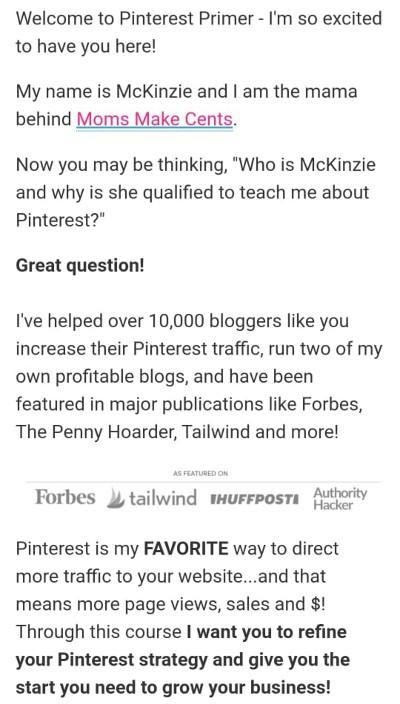
With the introductions out of the way, prepare informational follow-up content. Again, make sure the piece of content is relevant to the interests of your audience.
The informational emails should warm up the audience for you. They will also transition subscribers through the different sales funnels.
Finally, introduce your sales emails.
In Closing
The lead magnet funnel is a great way of obtaining highly motivated leads in exchange for a free incentive. These leads are usually very easy to convert. That's why many businesses use this strategy.
However, a lead magnet funnel can only be as effective as the value proposition it makes. Do your homework and come up with a magnet that solves visitors' problems. It must also remain relevant to your business; otherwise, the whole thing would be pointless.
Present your magnet on an engaging landing page, and don't forget to use strategic follow-up emails.
With the above blueprint, we're confident that you will create a killer lead magnet funnel to boost your subscriber rate.
This guest post was written by Owen Baker, a content marketer for Voila Norbert, an online email verification tool. He has spent most of the last decade working online for a range of marketing companies. When he's not busy writing, you can find him in the kitchen mastering new dishes.


